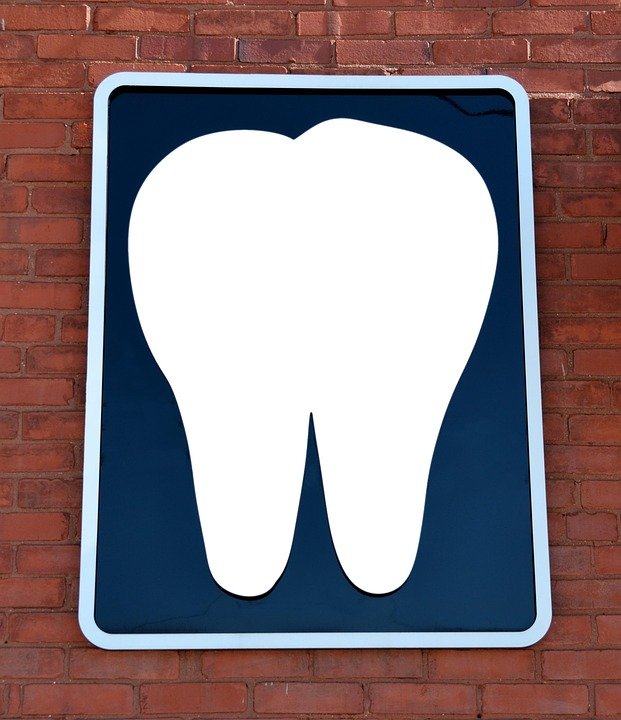What types of facial asymmetry are most noticeable and distracting in a smile?
Okay, here’s my attempt at adding context to the question, acting as the original poster:
I’ve always been a little self-conscious about my smile. I think my face is a bit asymmetrical, but I’m not sure what aspects are really drawing attention to it. When I look in the mirror, I see something is off, especially when I smile, but I can’t pinpoint it.
I’m wondering what types of facial asymmetry people tend to notice most in a smile. Is it uneven lip corners? One side of the lip pulling up higher than the other? Maybe a difference in how much gum shows? Or is it something related to the cheek muscles?
I’m really interested in knowing what specifics people pick up on – like, what features create the biggest imbalance and make a smile look less aesthetically pleasing or even "off-putting." I’m not looking for medical advice; I’m just curious about the common perceptions of what creates a less harmonious smile in terms of asymmetry.
Answer
Facial asymmetry in a smile can arise from variations in bone structure, muscle activity, and soft tissue distribution on either side of the face. Certain types of asymmetry are more noticeable and distracting than others. The degree to which asymmetry is perceived as distracting depends on individual sensitivity and cultural norms, but some patterns tend to be more universally observed.
1. Asymmetry in Lip Position and Curvature:
-
Uneven Lip Height: This is arguably the most common and noticeable asymmetry. It occurs when one side of the upper or lower lip pulls higher or lower than the other during a smile. Even a small difference in lip height can disrupt the balance of the smile, drawing attention to the unevenness. Causes include variations in the length or strength of the lip elevator muscles (e.g., zygomaticus major, levator labii superioris) or underlying skeletal asymmetries.
-
Lip Curvature Discrepancies: The curvature of the upper and lower lips during a smile should ideally be relatively symmetrical. If one side of the lip curves more sharply or has a different shape compared to the other, it can be quite noticeable. This may be due to uneven muscle activation or variations in lip tissue volume.
- Cant of the Commissure (Corner of the Mouth): When one corner of the mouth is higher than the other, it creates a tilted or canted smile. This type of asymmetry is particularly distracting because it disrupts the horizontal balance of the face. Causes can include muscle imbalances, nerve damage (e.g., Bell’s palsy affecting one side of the face), or skeletal asymmetry.
2. Asymmetry in Tooth Display:
-
Uneven Gingival Display (Gummy Smile Asymmetry): This refers to the amount of gum tissue that is visible above the upper teeth when smiling. If more gum tissue is displayed on one side than the other, it creates an unbalanced and potentially distracting smile. This can be caused by variations in upper lip elevator muscle activity, unequal eruption of teeth, or differences in the vertical height of the maxilla (upper jawbone).
-
Asymmetrical Tooth Exposure: The amount of teeth shown during a smile should ideally be symmetrical. If more or fewer teeth are visible on one side, it can disrupt the smile’s harmony. Factors contributing to this asymmetry include tooth size discrepancies, tooth position variations, and muscle imbalances.
- Asymmetry in the Midline: Ideally, the central incisors (the two front teeth) should be aligned with the midline of the face. If the dental midline is shifted to one side, it creates an asymmetry that can be quite noticeable, particularly if the shift is significant.
3. Asymmetry in Muscle Activation:
-
Unequal Cheek Elevation: The zygomaticus major muscle is the primary muscle responsible for pulling the corners of the mouth up and back, creating the smile. If this muscle is stronger or more active on one side of the face, it can cause one cheek to elevate more than the other, leading to an asymmetrical smile.
- Nasolabial Fold Asymmetry: The nasolabial fold (the crease that runs from the nose to the corner of the mouth) can be deeper or more prominent on one side of the face due to variations in muscle activity, soft tissue volume, or bone structure. A significant asymmetry in the nasolabial folds can contribute to an overall imbalanced smile.
4. Asymmetry Related to Underlying Skeletal Structures:
-
Jawline Asymmetry: Underlying skeletal asymmetries in the mandible (lower jaw) or maxilla (upper jaw) can significantly impact the symmetry of the smile. For instance, a jaw that is more prominent on one side can cause the lip and cheek to appear uneven during smiling.
- Chin Deviation: A chin that is not centered can also make the smile appear asymmetrical.
5. Dynamic vs. Static Asymmetry:
It’s important to differentiate between static asymmetry (present when the face is at rest) and dynamic asymmetry (evident only during facial expressions like smiling). Dynamic asymmetries are often more noticeable and distracting because they disrupt the expected movement patterns of the face. Static asymmetries, while also contributing to an overall imbalance, may be less conspicuous during a smile if the facial muscles compensate effectively.

Post Comment